In the vast tapestry of Chinese cuisine, few dishes embody the balance of simplicity and sophistication quite like stir-fried soybean sprouts. Often overlooked in favor of more flamboyant dishes, this humble vegetable preparation is a cornerstone of home-style cooking, celebrated for its crisp texture, vibrant flavor, and nutritional prowess. Revered across generations and regions, this dish transcends cultural boundaries, offering a glimpse into the philosophy of Chinese gastronomy: harmony between ingredients, respect for seasonal produce, and the alchemy of heat and spice.
The Humble Beginnings of a Culinary Star
Soybean sprouts, known in Mandarin as huángdòuméi (黄豆嘴), have nourished Chinese communities for centuries. Their history is intertwined with the agrarian roots of the nation, where resourcefulness and frugality were essential for survival. Unlike their heartier counterparts—mung bean sprouts—soybean sprouts boast a plumper, nuttier profile, with a subtle sweetness that deepens when cooked. Their cultivation requires minimal effort, as soybeans germinate quickly, making them a reliable source of sustenance during lean seasons.
The dish’s popularity stems from its versatility. It graces the tables of peasant kitchens and urban eateries alike, adapting to regional palates and seasonal availability. In northern China, where winters are harsh, stir-fried soybean sprouts might be paired with preserved vegetables or dried chili for warmth. In the south, where freshness reigns supreme, chefs might amplify the dish’s natural crunch with a drizzle of sesame oil or a sprinkle of cilantro.
Anatomy of a Perfect Stir-Fry
The magic of stir-fried soybean sprouts lies in its preparation—a dance of precision and intuition. To master this dish, one must understand the interplay between heat, timing, and seasoning.
Ingredients:
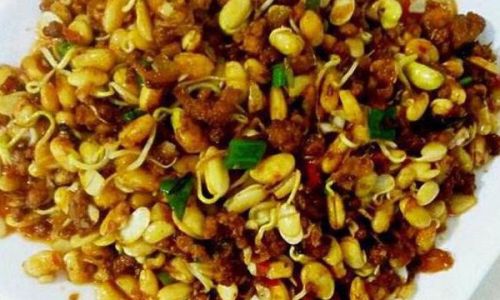
- 500g fresh soybean sprouts (look for firm, white stems and unbruised beans)
- 3 garlic cloves, thinly sliced
- 1-inch ginger, julienned
- 2-3 dried red chilies (optional, for heat)
- 2 tbsp peanut oil (or vegetable oil)
- 1 tbsp light soy sauce
- 1 tsp dark soy sauce (for color)
- 1 tsp sugar
- 1/2 tsp white pepper
- 1 tbsp Shaoxing wine (or dry sherry)
- 1 tbsp cornstarch (mixed with 2 tbsp water, for thickening)
- Salt, to taste
- Fresh scallions, chopped (for garnish)
The Process:
- Preparation: Begin by trimming the sprouts. Remove the stringy roots and any discolored beans. Rinse thoroughly under cold water and pat dry—excess moisture will steam the sprouts instead of searing them.
- Aromatics: Heat the wok over high flame until wisps of smoke rise. Add the oil, swirling to coat the surface. Toss in the garlic, ginger, and chilies, stirring vigorously until fragrant (10-15 seconds).
- Searing: Add the sprouts to the wok. The sizzle should be immediate and intense—this is the wok hei (breath of the wok) in action, imparting a smoky depth. Stir-fry for 2-3 minutes, keeping the sprouts in constant motion to prevent burning.
- Seasoning: Drizzle the soy sauces, sugar, and white pepper over the sprouts. Toss to coat evenly. Deglaze the wok with Shaoxing wine, scraping up any caramelized bits from the base.
- Finishing: Add the cornstarch slurry and stir until the sauce thickens (30 seconds). Remove from heat immediately to preserve the sprouts’ crunch. Garnish with scallions and serve piping hot.
The Philosophy Behind the Fire
Stir-frying is more than a cooking technique—it is a meditation on energy. The high heat sears the sprouts, locking in nutrients while softening their fibrous texture. The rapid movement of the wok ensures even cooking, preventing sogginess. This method mirrors the Taoist principle of wu wei (effortless action), where the cook becomes one with the flame, anticipating the dish’s needs before they arise.
The choice of oil is equally symbolic. Peanut oil, with its high smoke point, withstands the wok’s intense heat without imparting bitterness. Its neutral flavor allows the sprouts’ natural taste to shine, while the garlic and ginger act as aromatic bridges, elevating the dish without overwhelming it.
Cultural Significance and Regional Variations
In China, food is never merely sustenance—it is a language of tradition and identity. Stir-fried soybean sprouts appear on festive tables during Lunar New Year, symbolizing growth and prosperity. Their crispness mirrors the hope for a fresh start, while their abundance reflects family unity.
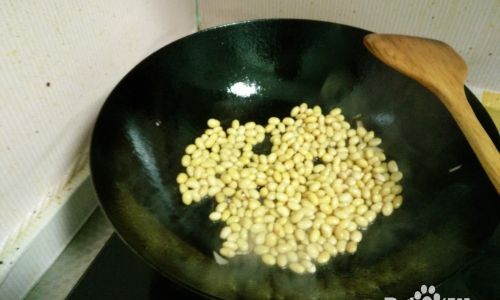
Regional adaptations abound:
- Sichuan: A fiery twist with doubanjiang (fermented broad bean paste) and Sichuan peppercorns, balancing heat with numbing tingle.
- Cantonese: Subtle elegance, with oyster sauce and a touch of sugar to highlight the sprouts’ sweetness.
- Shanghai: A briny edge, using aged pickled vegetables to cut through the dish’s richness.
In modern times, chefs have reimagined the dish, pairing it with unconventional ingredients like bacon, kimchi, or even truffle oil. Yet, purists argue that true mastery lies in preserving its essence—a testament to the adage, “The best flavor is the one left unaltered.”
Health and Nutrition: A Powerhouse in Disguise
Beyond its culinary appeal, stir-fried soybean sprouts is a nutritional powerhouse. Rich in protein, fiber, and antioxidants, it offers a low-calorie, high-satisfaction meal. Soybean sprouts are particularly prized for their vitamin C content, which aids immunity, and folate, essential for cellular repair.
The dish’s cooking method further enhances its health benefits. Stir-frying preserves more nutrients than boiling or steaming, while the brief cooking time minimizes nutrient loss. For vegetarians and vegans, it serves as a plant-based protein source, rivaling even tofu in versatility.
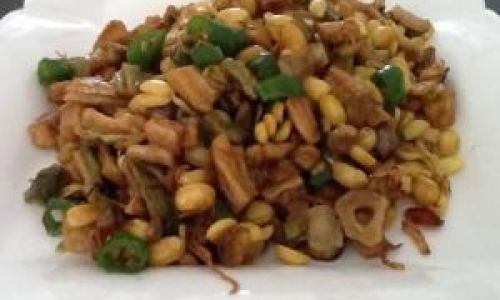
Beyond the Wok: Global Adaptations
As Chinese cuisine migrates worldwide, so too does this humble dish. In Korean households, soybean sprouts are often simmered in a spicy-sweet broth (kongnamul muchim), while Vietnamese cooks toss them with herbs and lime for a refreshing salad. In the West, fusion chefs have embraced the sprout, incorporating it into tacos, stir-fries, and even grain bowls.
Yet, the soul of the dish remains rooted in its Chinese origins. The crackle of the wok, the symphony of aromatics, and the satisfaction of biting into a perfectly cooked sprout—these are the threads that bind generations, connecting urban foodies to ancestral kitchens.
Mastering the Craft: Tips and Tricks
- Wok Selection: A carbon steel wok conducts heat better than nonstick alternatives, crucial for achieving wok hei.
- Heat Control: Preheat the wok until it’s smoking hot. This ensures quick searing and prevents the sprouts from releasing excess moisture.
- Timing: Overcooking turns the sprouts mushy. Aim for a tender-crisp texture—a fork should meet slight resistance.
- Seasoning Layers: Build flavor incrementally. Start with aromatics, add the sprouts, then seasonings, and finish with garnishes.
Conclusion: A Dish That Speaks Volumes
Stir-fried soybean sprouts is more than a meal—it is a narrative. It tells the story of a civilization that thrived by honoring simplicity, of cooks who transformed humility into elegance, and of a vegetable that, in the right hands, becomes a culinary masterpiece. Whether served in a bustling night market or a quiet family dinner, this dish invites us to savor life’s simplest pleasures, one crisp, flavorful bite at a time.
In a world increasingly obsessed with complexity, the stir-fried soybean sprout reminds us that true beauty lies in balance—a harmony of fire, flavor, and the quiet joy of sharing a meal with those we hold dear.
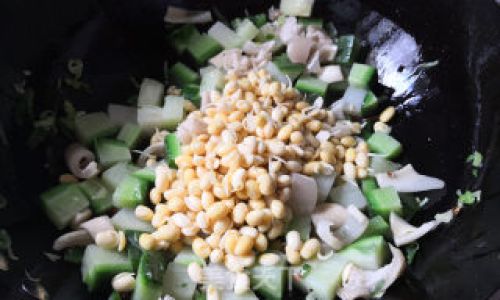
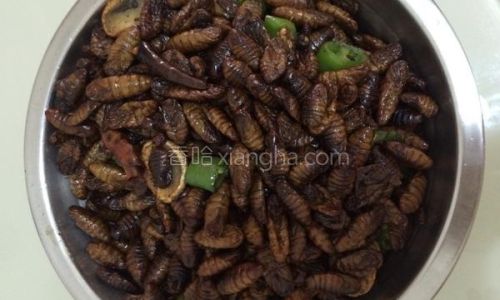

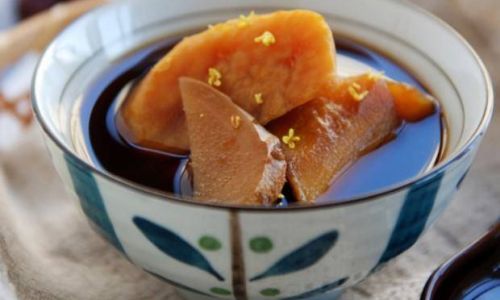


0 comments